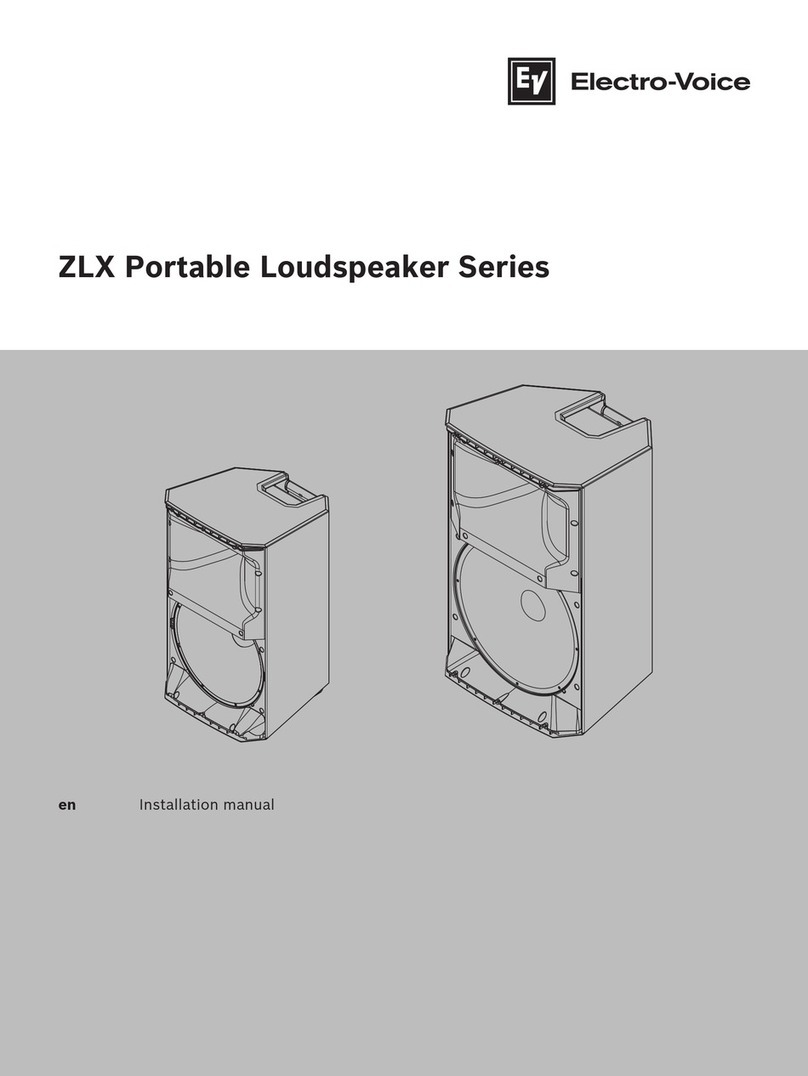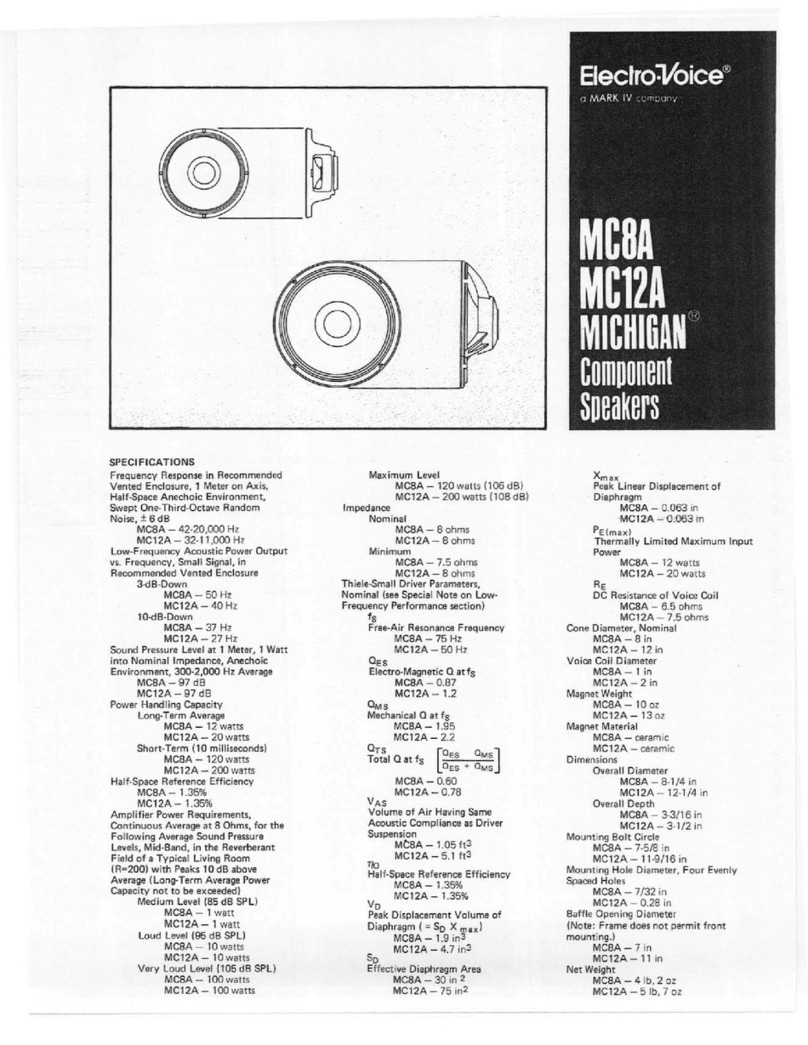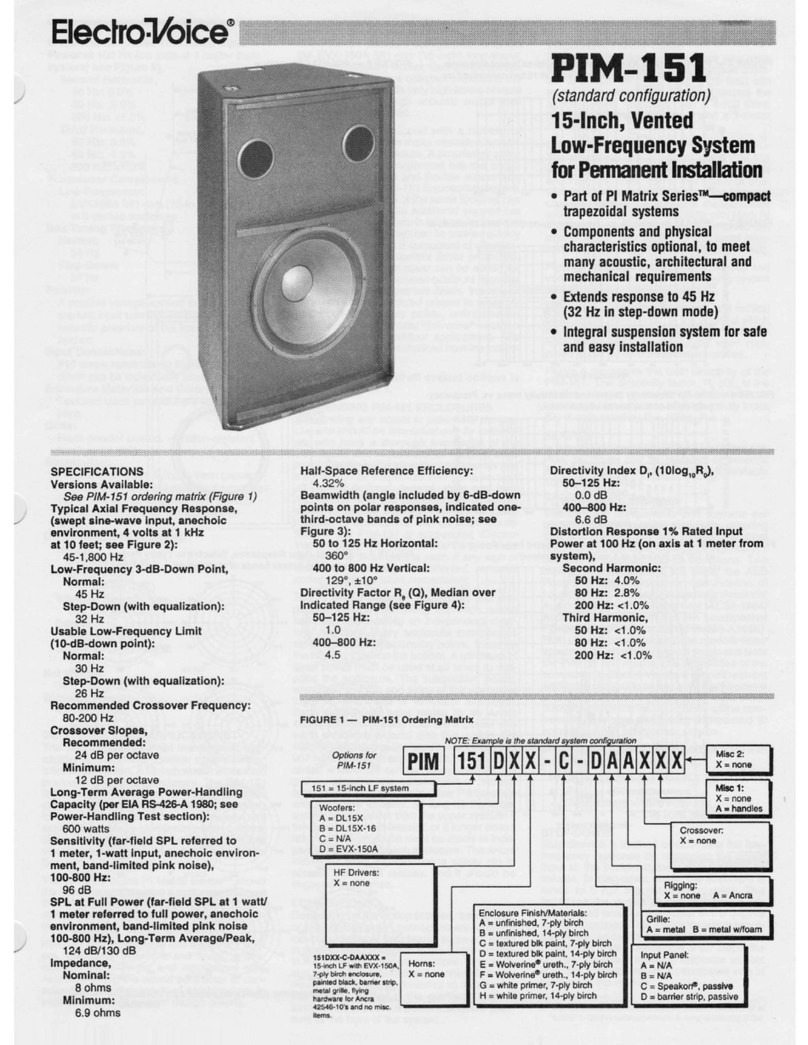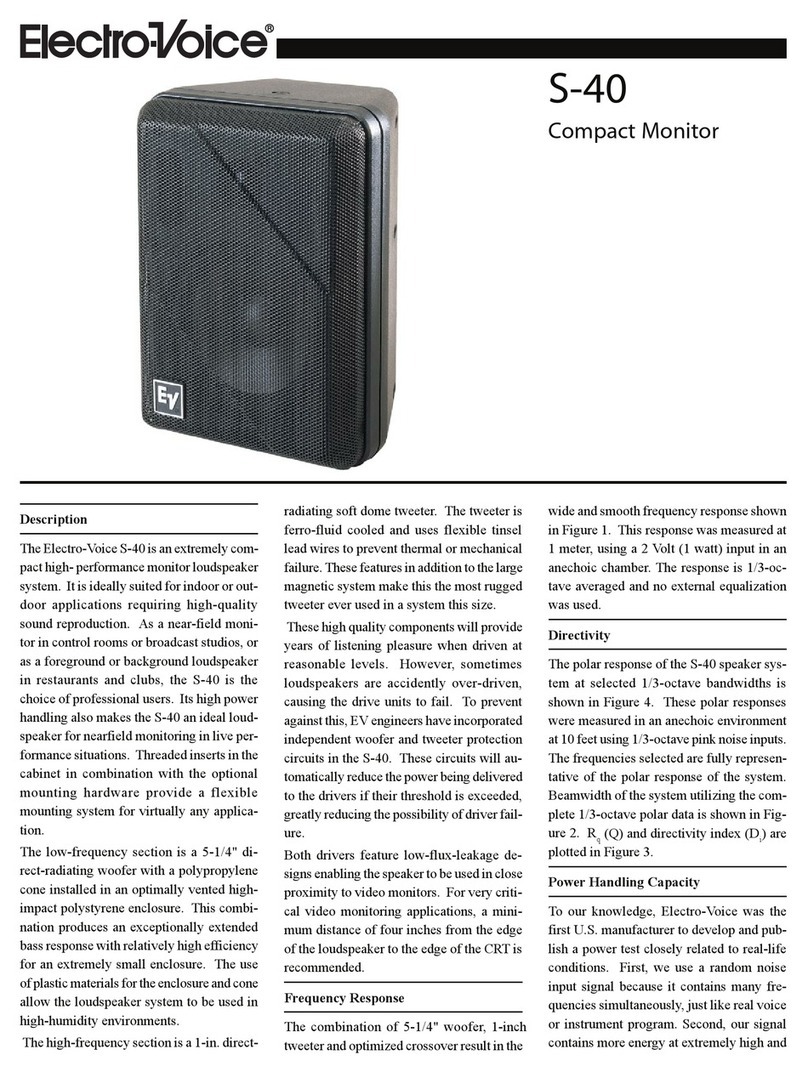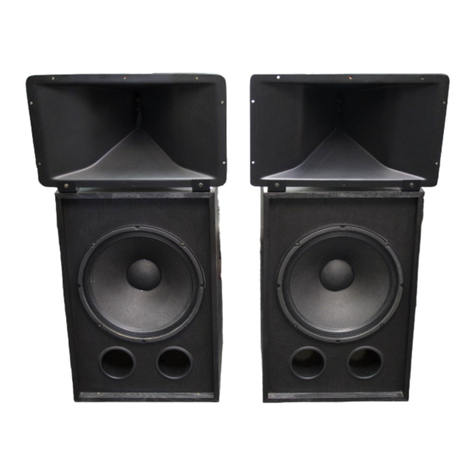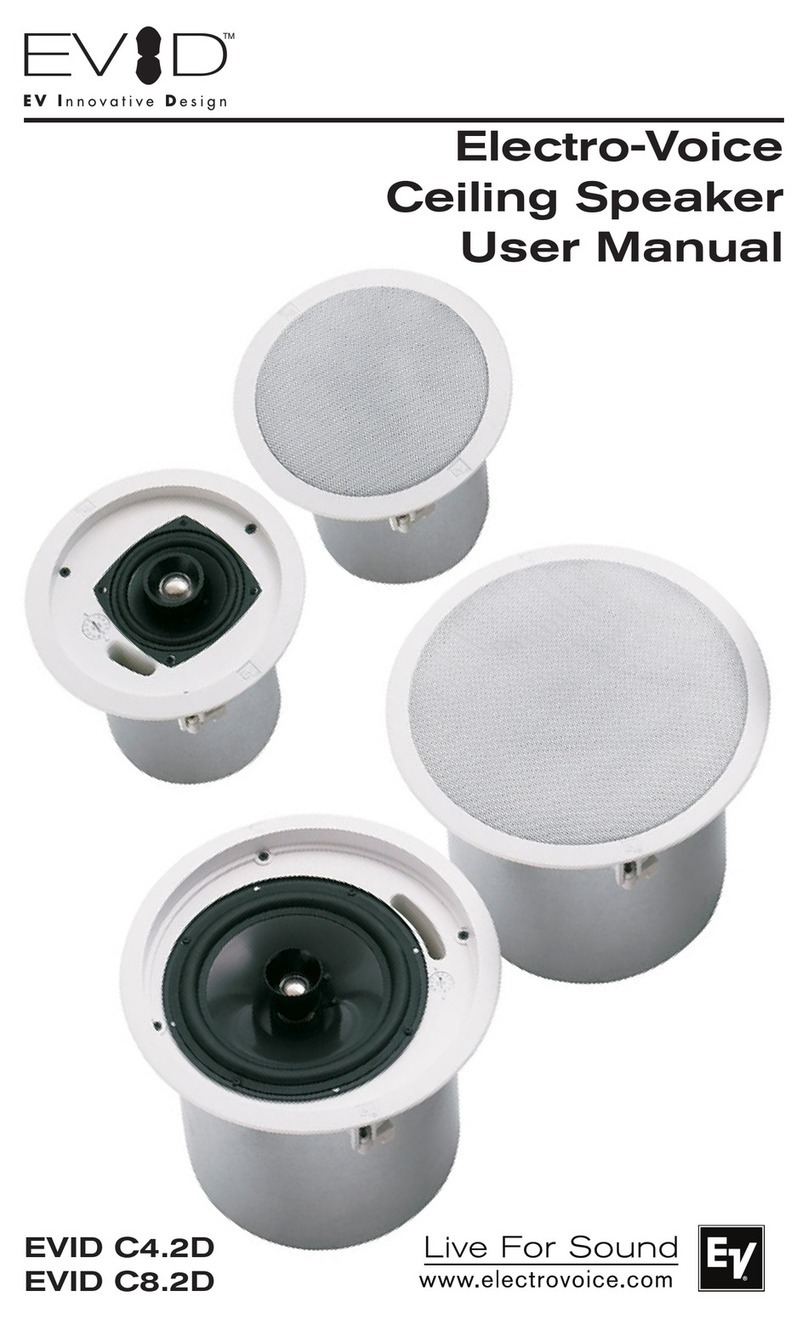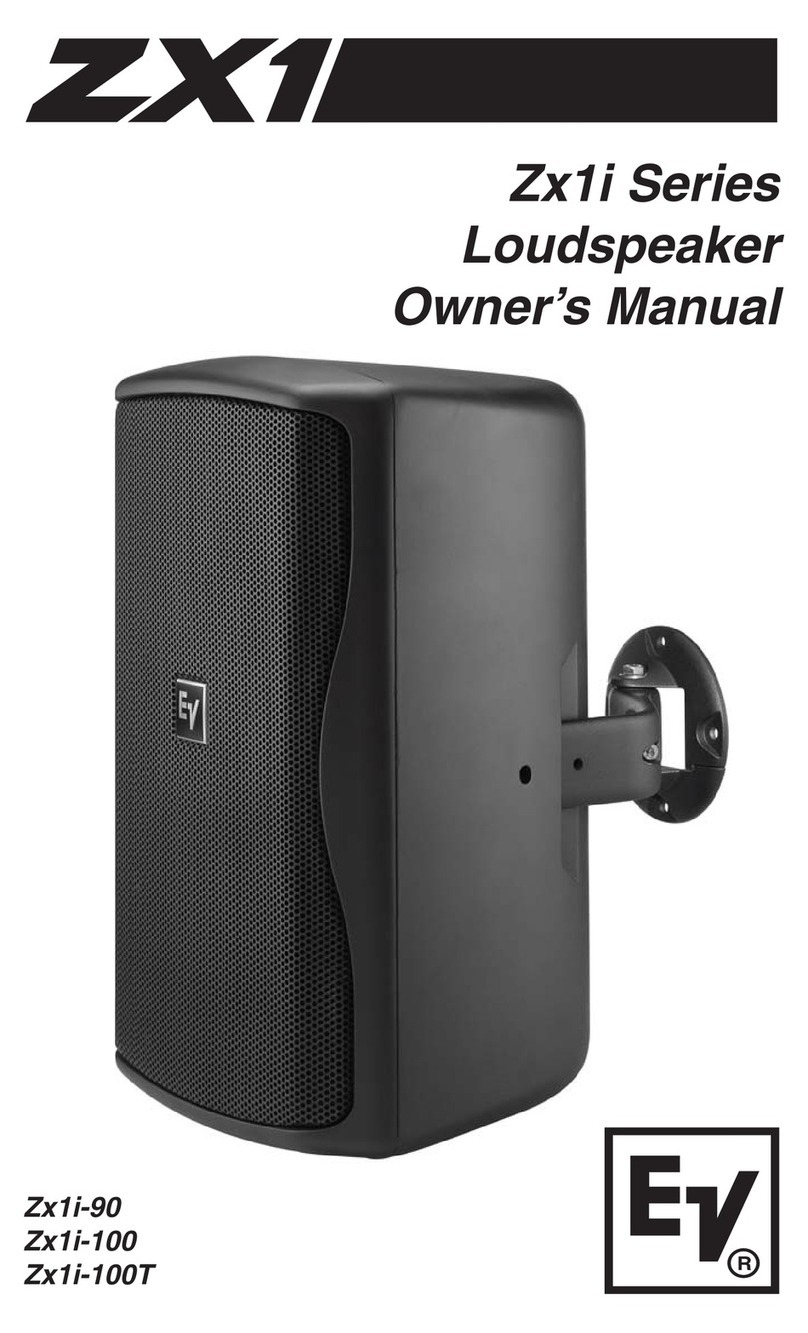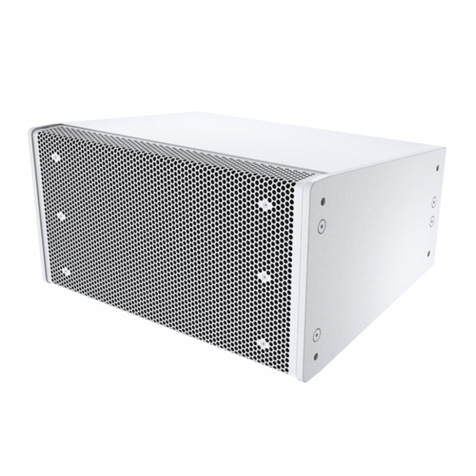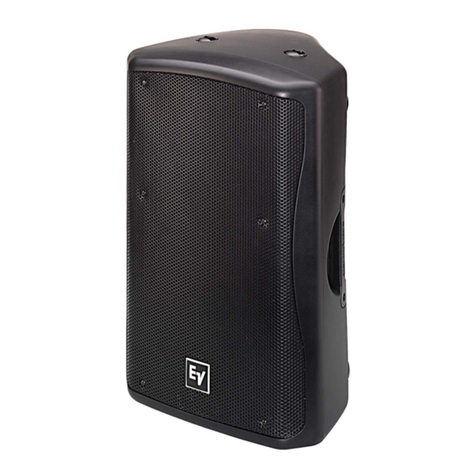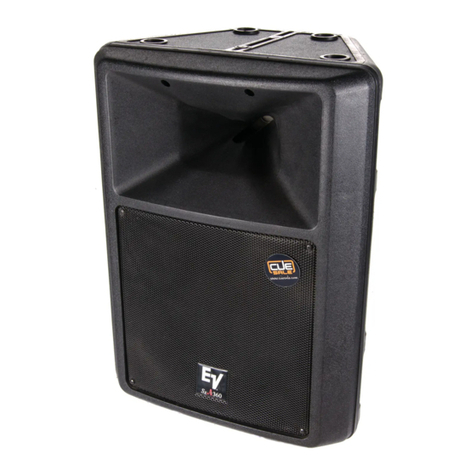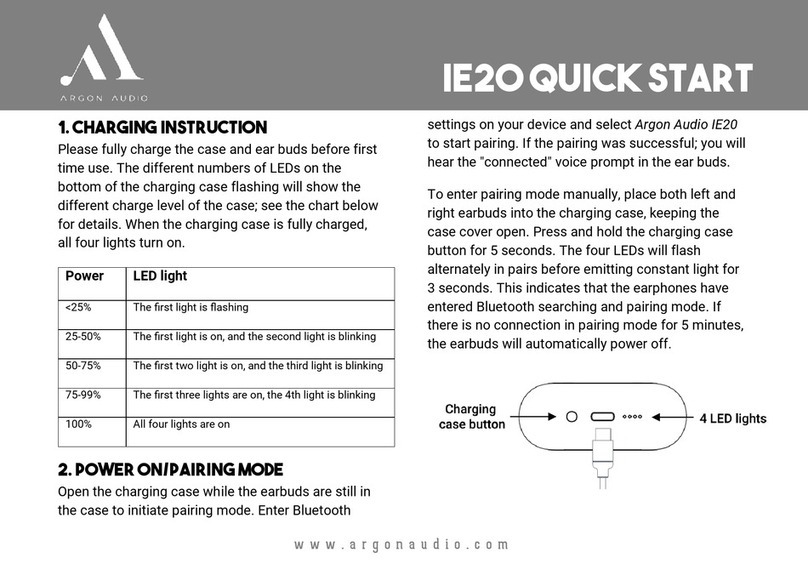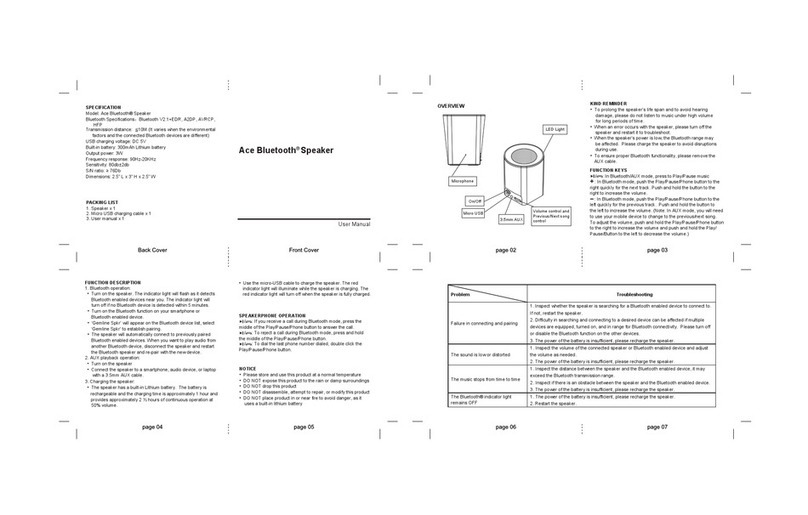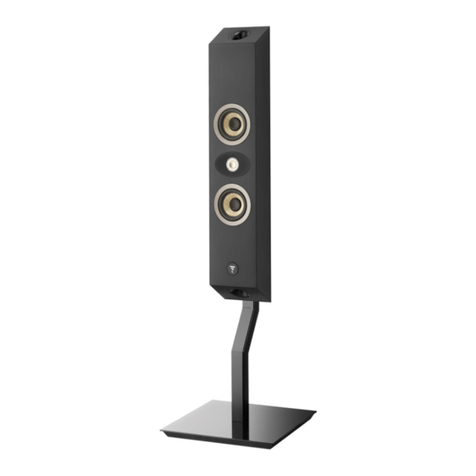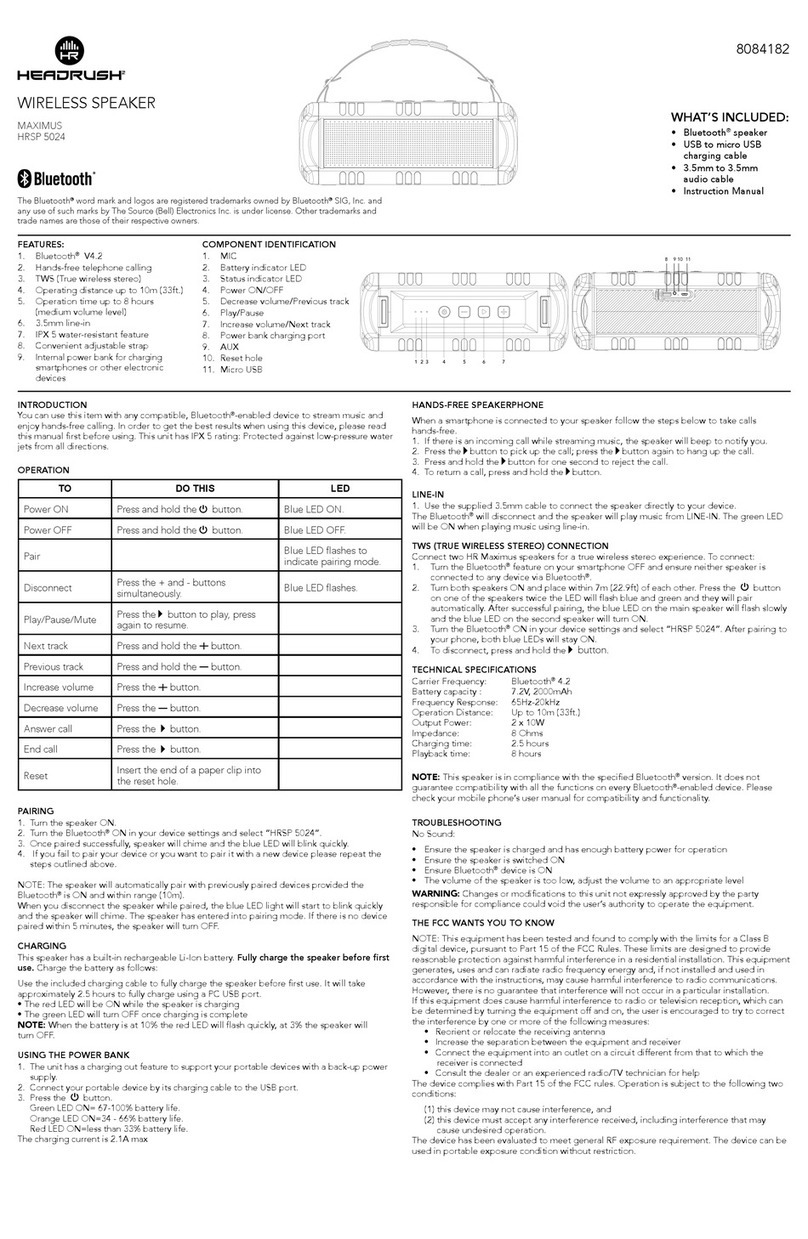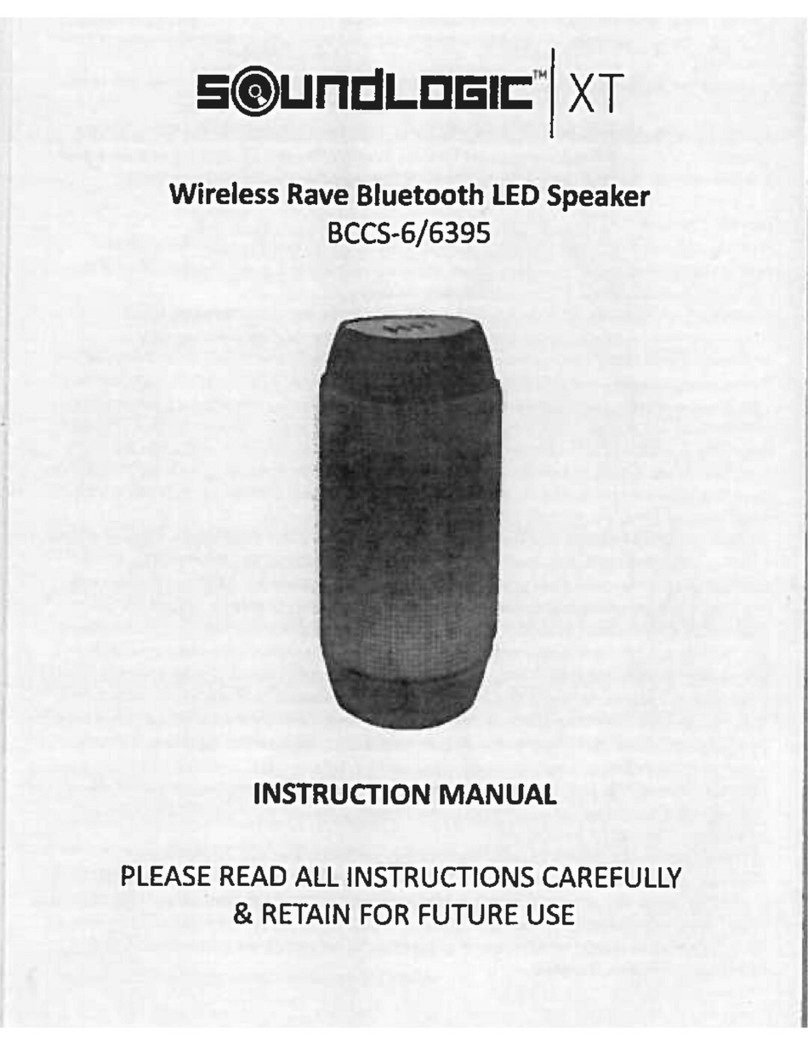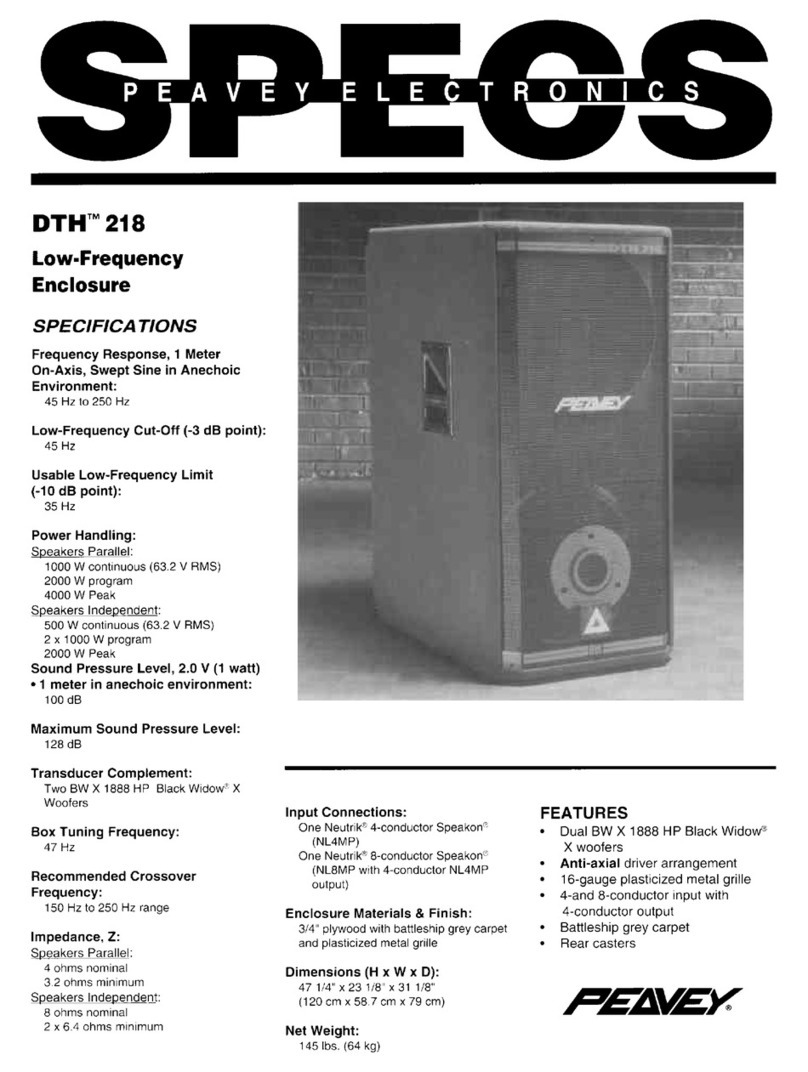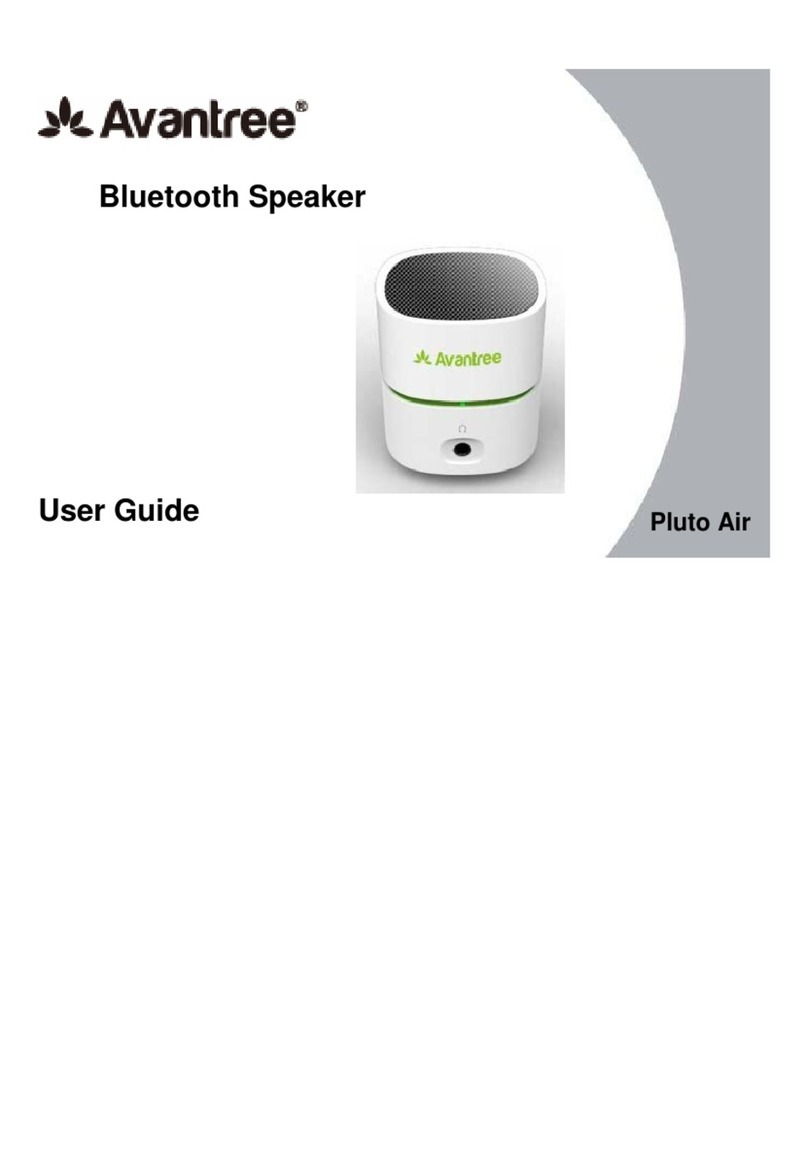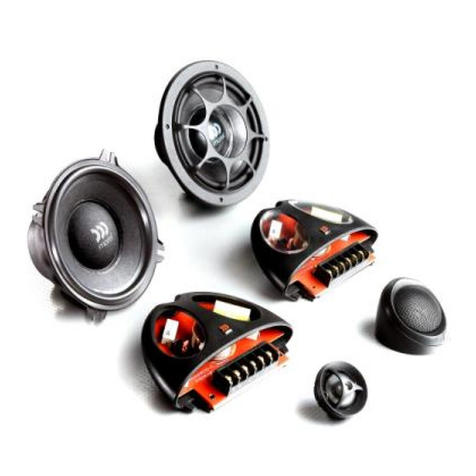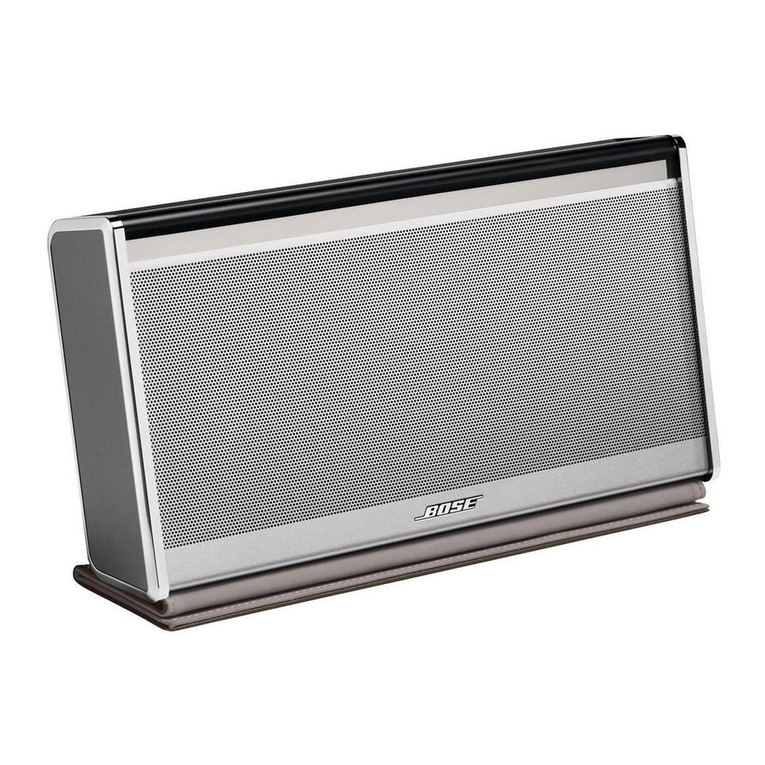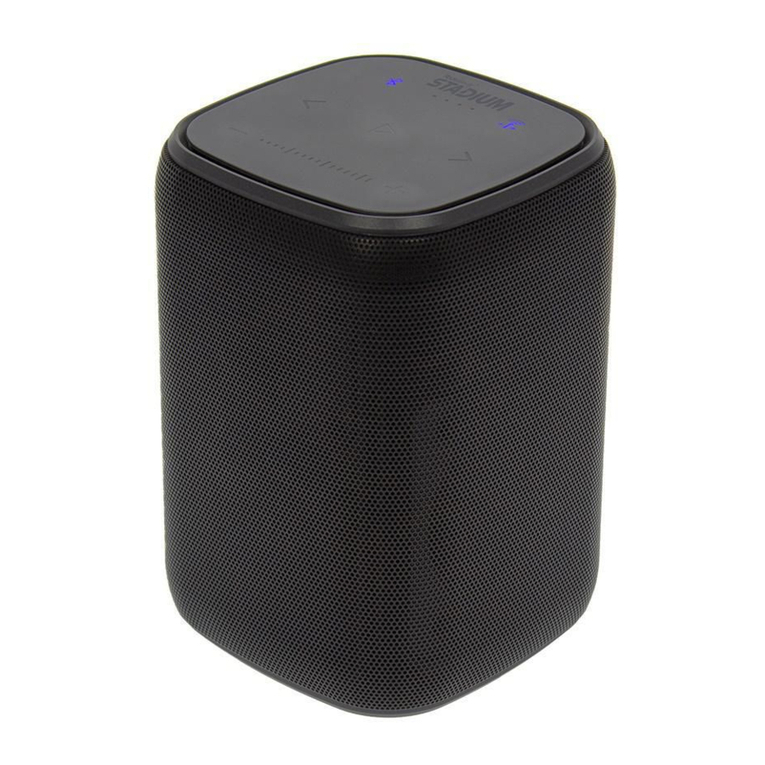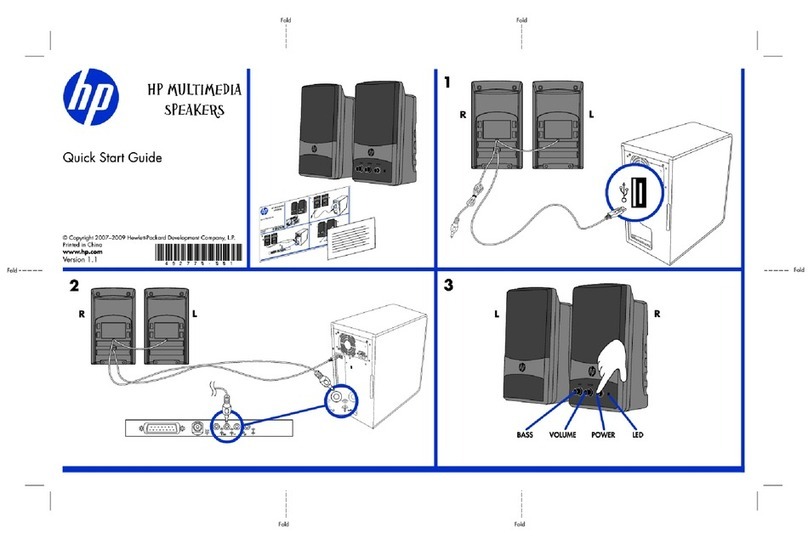TOC
TOC
TTable able of of ContentsContents............................................................ TOCTOC
SafeSafety ty FirstFirst .......................................................................... TOCTOC
ProduProduct ct DescrDescriptioniption ..............................................................11
WelcomeWelcome .............................................................................................. 11
ImporImportant tant FeatuFeaturesres ..............................................................11
Model SuModel Summarymmary ......................................................................22
PackiPacking ng ListList .................................................................................... 22
EVIDEVIDTMTMProduct FamilyProduct Family ..................................................33
ProduProduct Feature Idenct Feature Identificatificationtion ............................33
SAMSAMTMTM(Strong-Arm-Mount(Strong-Arm-MountTMTM) ) SSysystetemm..44
StepStep-by-Step -by-Step Installation Installation and and WiringWiring ........ 44
Step 1 - Mount the SAMStep 1 - Mount the SAMTMTMBrBracackekett..4..4
Step 2 - Select Wattage Tap (ModelsStep 2 - Select Wattage Tap (Models
4.2t 4.2t and and 6.2t 6.2t OnlyOnly))........................................................ 55
Step 3 - Mount the Speaker to theStep 3 - Mount the Speaker to the
SAMSAMTMTMBraBracketcket ..................................................................55
SStep 4 - Wire the Spetep 4 - Wire the Speakeraker ................................ 66
Step 5 - Secure the Seismic TabStep 5 - Secure the Seismic Tab
ConnConnection ection PoinPointt............................................................ 66
SStep 6 - Ttep 6 - Test Systest System Operaem Operationtion ..............66
PackPacking List (1ing List (12.1 Sub2.1 Subwoofwoofer)er) ..........................77
Product Feature Identification (12.1Product Feature Identification (12.1
SubwSubwoofeoofer)r) ......................................................................................77
Step-byStep-by-Step Installation and -Step Installation and WiringWiring
(12.1 (12.1 SubwSubwoofeoofer)r) ....................................................................88
SStep 1 tep 1 - Moun- Mount the Bt the Brackracketet ............................88
SStep 2 - Insttep 2 - Install the Saall the Safety Lifety Linene .................. 88
SStep 3 - Wire the Spetep 3 - Wire the Speakeraker ................................ 88
EVIDEVIDTMTMOwner’s ManualOwner’s Manual
Table of ContentsTable of Contents
Step 4 - Mount the Speaker to theStep 4 - Mount the Speaker to the
BrackBracketet ..........................................................................................99
SStep 5 - Ttep 5 - Test Systeest System Operatiom Operationn..........1010
SafetSafety Agey Agency Complincy Complianceance ................................ 1010
MainteMaintenancenance ..............................................................................1010
UnifoUniform Limited Wrm Limited Warranarrantyty ......................................1111
ExclExclusionusions s and Limitationand Limitationss.................................. 1111
ObtaObtaining Wining Warrantarranty Servicy Servicee..............................1111
Incidental and Consequential DamagesIncidental and Consequential Damages
ExclExcludeduded .......................................................................................... 1111
Other RighOther Rightsts ..............................................................................1111
SSpeakpeakers aners and Electd Electronicsronics .................................... 1111
Appendix A - Integrating the 12.1Appendix A - Integrating the 12.1
SubwooferSubwoofer ..........................................................................................1212
InstInstallatiallation Exampleon Exampless..................................................1212
Using Using the 12the 12.1 in P.1 in Passivassive Mode Modee................1212
CrossCrossover over Freq. Freq. and and ImpedImpedanceance ..............1212
Using a Separate Amplifier Channel forUsing a Separate Amplifier Channel for
the the 12.112.1 .............................................................................................. 1212
CharaCharacteriscteristics of tics of All SubAll Subwoofewoofersrs ............1212
AppenAppendix B dix B - Pain- Painting thting the Se Speakepeakerr........ 1313
PainPainting Pting Procesrocess (3.s (3.2, 4.22, 4.2, 6.2), 6.2) ..................1313
PaintPainting the Grilleing the Grille ..............................................................1313
PainPainting ting ProceProcess (1ss (12.1 S2.1 Subwoubwoofer)ofer) ......1313
AppenAppendix C - Tdix C - Troublroubleshooeshooting Tting Tableable ..1414
AppenAppendix D - Tedix D - Technicchnical Speal Specscs ........................1515
3.2/3.2/3.2t; 4.2/4.23.2t; 4.2/4.2tt..................................................................1515
6.2/66.2/6.2t; 12.1.2t; 12.1 ............................................................................1616
NoteNotess............................................................................................................1717
Safety FirstSafety First
Suspending any object is potentially dangerous and should only Suspending any object is potentially dangerous and should only be attempted by individuals whobe attempted by individuals who
have a thorough knowledge of the techniques and have a thorough knowledge of the techniques and regulations of rigging objects overhead. Electro-regulations of rigging objects overhead. Electro-
VVoice® strongly recommends that all speakers be oice® strongly recommends that all speakers be suspended taking into account all current national,suspended taking into account all current national,
federal, state and local regulations. It is federal, state and local regulations. It is the responsibility of the installer to ensure that the responsibility of the installer to ensure that all speakersall speakers
are safely installed in accordance with all are safely installed in accordance with all such regulations. When speakers are suspended, Electro-such regulations. When speakers are suspended, Electro-
VVoice® strongly recommends thaoice® strongly recommends that the system be inspected at least once a yeart the system be inspected at least once a year. . If any sign ofIf any sign of
weakness or damage is detected, remedial action should weakness or damage is detected, remedial action should be taken immediatelybe taken immediately. The user is. The user is
responsible for making sure that the responsible for making sure that the supporting surfaces, and any additional hardware used, issupporting surfaces, and any additional hardware used, is
capable of supporting the loudspeakercapable of supporting the loudspeaker. . Any hardware used to suspend a loudspeaker array that isAny hardware used to suspend a loudspeaker array that is
not provided by/associated with Electro-Voice® is the responsibility of not provided by/associated with Electro-Voice® is the responsibility of others.others.
